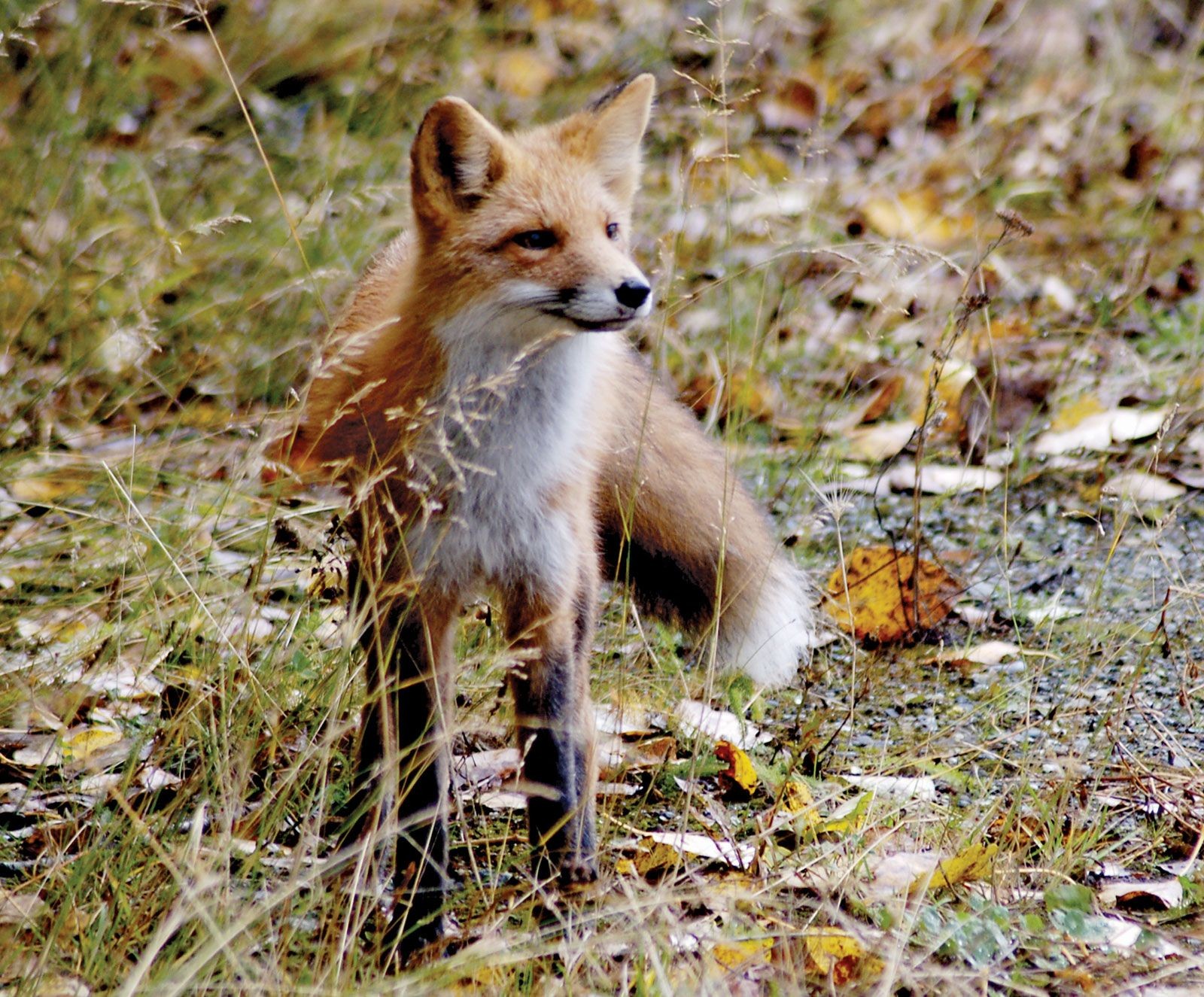The fox, a captivating mammal belonging to the Canidae family, shares characteristics with both small to medium-sized dogs. Known for their bushy tails, long fur, pointed ears, and narrow snouts, foxes are found across diverse habitats worldwide. While the term “fox” often refers to the “true” foxes of the Vulpes genus, particularly the red fox (Vulpes vulpes), numerous other fox species exist within different genera. These include the North American gray fox, several South American fox species, the Arctic fox (also known as the blue fox), the bat-eared fox, and the crab-eating fox.
The Enigmatic Red Fox
The red fox, Vulpes vulpes, stands out as a symbol of cunning in folklore and boasts the widest natural distribution among land mammals, second only to humans. This adaptability allows them to thrive in a range of environments. They can be found throughout Europe, temperate Asia, North Africa, and North America. Moreover, they have successfully established themselves in Australia after being introduced.
The red fox is distinguished by its long guard hairs, soft underfur (typically reddish-brown), a white-tipped tail, and black ears and legs. However, coat color can vary. Black and silver coats occur in North America, presenting a variable amount of white or white-banded hair. The cross fox, a yellowish-brown variant with a black cross pattern on its back and shoulders, can be found in both North America and the Old World. The Samson fox, a mutant strain native to northwestern Europe, lacks the long guard hairs, and its underfur is tightly curled.
Red foxes typically measure between 90 and 105 cm (36–42 inches) in length, with the tail accounting for 35–40 cm (14–16 inches). They stand approximately 40 cm (16 inches) tall at the shoulders and weigh between 5 and 7 kg (10–15 pounds). While they prefer mixed landscapes, red foxes have adapted to a broad range of habitats, including arctic tundra and arid deserts. Their ability to coexist with humans has enabled them to flourish in farmland, woods, and even urban and suburban areas.
The diet of a red fox primarily consists of mice, voles, rabbits, eggs, fruit, and birds. They are also opportunistic feeders and readily consume carrion, grain (especially sunflower seeds), garbage, unattended pet food, and domestic poultry. On the prairies of North America, red foxes are estimated to kill nearly a million wild ducks each year. Due to their impact on domestic and wild game birds, their numbers are often regulated near game farms and bird-production areas.
 Red foxes enjoying their meal
Red foxes enjoying their meal
Red foxes mate during the winter months. Following a gestation period of approximately seven to eight weeks, the female (vixen) gives birth to 1–10 or more young (with an average of 5), known as pups, cubs, or kits. The birth occurs in a den, typically an abandoned burrow enlarged by the parent foxes. The cubs remain in the den for about five weeks and are cared for by both parents throughout the summer. By fall, the fully grown and independent young disperse.
Red foxes are hunted for sport and their pelts, which are a significant part of the fur trade. Silver fox pelts, in particular, are commonly produced on fox farms, where the animals are raised until they reach full maturity at around 10 months of age. Red foxes are also primary carriers of rabies in many regions. Several countries, including the United Kingdom and France, have implemented extensive culling and vaccination programs to reduce the incidence of rabies in red fox populations.
In rural areas, coyote populations often limit fox populations. However, these species have been observed to coexist in urban areas by selecting different habitats. Studies have shown that foxes favor developed areas like residential neighborhoods and urban parks, while avoiding more natural habitats frequented by coyotes.
True Foxes: A Classification
The Vulpes genus comprises the true foxes, each with unique characteristics:
- V. bengalensis (Bengal fox): A small, gray fox found in the sparsely wooded regions of the Indian subcontinent.
- V. cana (Blanford’s fox): A small, catlike fox with soft fur, found in the mountain steppes and deserts of Iran, Pakistan, Afghanistan, and Israel.
- V. chama (Cape fox): A long-eared fox inhabiting dry areas of Southern Africa, particularly the Kalahari Desert region.
- V. corsac (Corsac fox): A small, social steppe-dwelling fox found in the steppes and semideserts of eastern Eurasia.
- V. ferrilata (Tibetan fox): A short-eared, short-tailed fox of the barren slopes and streambeds of Nepal.
- V. pallida (Pale fox): A fox inhabiting the Sahel savannas and southern desert margin of northern Africa.
- V. rueppelli (Sand fox): A big-eared fox of the deserts of northern Africa, Saudi Arabia, and southwestern Asia.
- V. velox (Swift fox/Kit fox): Large-eared, pale foxes of the western North American plains and deserts.
- V. vulpes (Red fox): A large fox of North America, Eurasia, and northern Africa, introduced to Australia.
- V. zerda (Fennec fox): The smallest fox, adapted for North African desert life with hairy soles and huge ears.
In conclusion, the fox is a diverse and adaptable animal, ranging from the cunning red fox to the specialized fennec fox. Their ability to thrive in various environments and their unique characteristics make them a fascinating subject of study.
